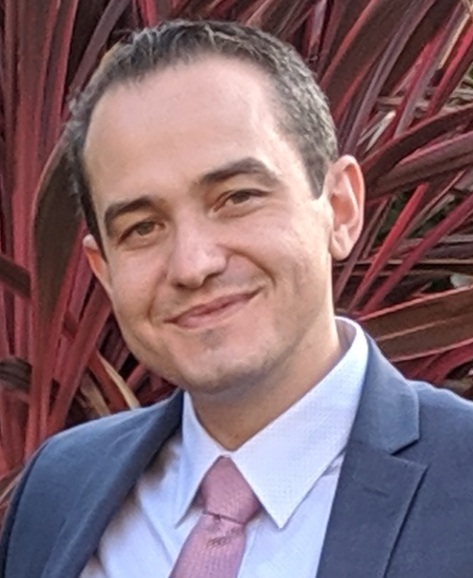 On University of Rochester Week: Human intelligence and artificial intelligence learn differently, but can that change?
On University of Rochester Week: Human intelligence and artificial intelligence learn differently, but can that change?
Chris Kanan, associate professor of computer science at the Hajim School of Engineering and Computer Science, looks at the possibilities.
Christopher Kanan’s main research focus is deep learning, with an emphasis on lifelong (continual) machine learning, bias-robust artificial intelligence, medical computer vision, and language-guided scene understanding. He has worked on online continual learning, visual question answering, computational pathology, self-supervised learning, semantic segmentation, object recognition, object detection, active vision, object tracking, and more. Beyond machine learning, he has a background in eye tracking, primate vision, and theoretical neuroscience.
He is on the Scientific Advisory Board (SAB) of Paige.AI, Inc. whose goal is to revolutionize pathology and oncology by creating clinical-grade AI systems to help pathologists and to predict treatment relevant computational biomarkers.
Can we teach AI to learn like humans?
Artificial intelligence algorithms don’t learn like people. Instead of continuously updating their knowledge base with new information over time as humans do, algorithms learn only during their training phase. After that, their knowledge remains frozen; they perform the task they were trained for without being able to keep learning as they do it. Learning new information often requires trained the system again from scratch; otherwise, systems can suffer from catastrophic forgetting, where they incorporate new knowledge at the cost of forgetting nearly everything it’s already learned. This situation arises because of the way that today’s most powerful AI algorithms, called neural networks, learn new things.
To help counter this, I have helped establish a new field of AI research known as continual learning. The goal is to keep AI learning new things from continuous streams of data, and to do so without forgetting everything that came before. This is a fundamental thing that we need to solve to make artificial general intelligence one day.
The most successful method, called replay, stores past experiences and then replays them during training with new examples, so they are not lost. It’s inspired by memory consolidation in our brain.
There are three different styles for this type of learning. Unfortunately, though, replay isn’t a very satisfying solution because to learn something new, the neural network has to store at least some information about every concept that it learned in the past. And it’s unclear what it should store.
The biggest issue is we don’t have good data sets for studying continual learning right now. We’re basically taking existing data sets that are used in traditional machine learning and repurposing them. We need to establish the correct experiment and algorithmic setup to measure whether past learning helps future learning.

Leave a Reply